PDF chapter test TRY NOW
Environment is the area in which you live, which comprises both living and non-living things. Air to breathe, water to drink, and land to grow food are all provided by our nature\environment.
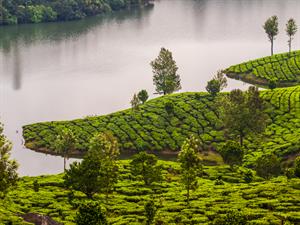
Due to modernisation, an increase in the number of vehicles caused severe harming to our ecosystem through air, water, and soil pollution.
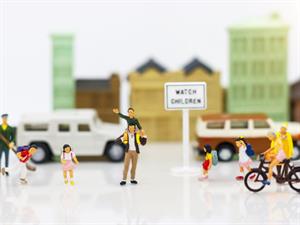
As a result, there is an undesirable shift in the environment's physical, chemical, and biological properties. This is referred to as pollution. Pollutants are the compounds that cause these changes.
Pollution can be classified into three categories: Air, water, and soil. Many chemical compounds are created artificially due to increased human activities, causing harm to both living and non-living things.
Air pollution:
Air pollution is the change in the chemical composition of air due to the presence of pollutants, which can be hazardous to humans and the environment.
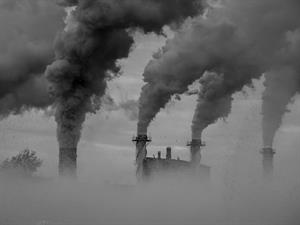
- Various sources that pollute the air, such as carbon dioxide, nitrogen oxide, sulphur oxide, lead, smoke, soot, carbon monoxide, ozone, methane, chlorofluorocarbons etc. These sources of pollutants are from the emission of industrialisation, the combustion process, and so on.
- These have severe impacts on humans and the environment, such as acid rain, global warming, respiratory problems etc.
Water pollution:
Any form of undesirable substance present in water is known as water pollution.
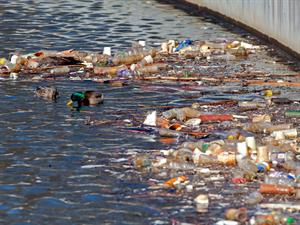
- The pollutants may be organic, inorganic, biological, radiological, and heat, degrading water quality and becoming unfit for use.
- The sources of pollutants can be natural and human-made. Decline in quality of water, skin infections, and water-borne diseases are some of its effects.
Land pollution:
The first layer of the earth crust, is known as soil. It is a biologically active and porous medium.
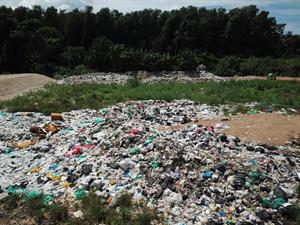
- The open dumps, landfills, municipal solid waste, construction waste or debris, hazardous waste pollutes the soil.
- Deforestation also causes soil erosion, where the top layer of the soil erodes, making it unfit for plant growth.
- The synthetic fertilisers used for agriculture kills the microorganisms and destroys the soil structure, which turns the fertile soil into barren land also causes land contamination, infectious disorders, and so on.
These are some of the effects of chemical reactions on the environment.
